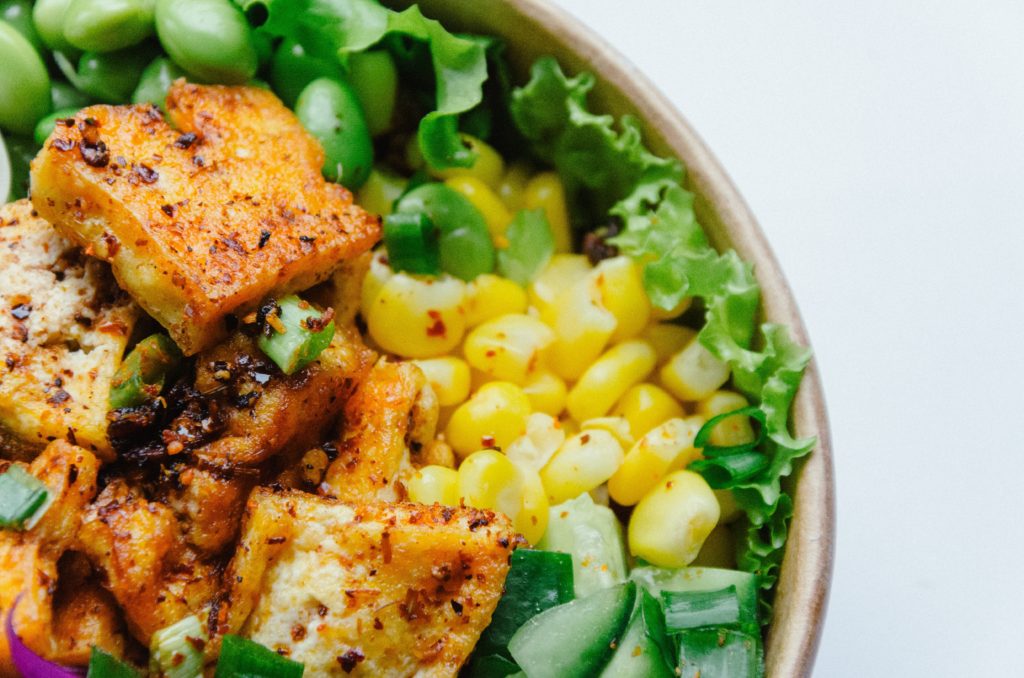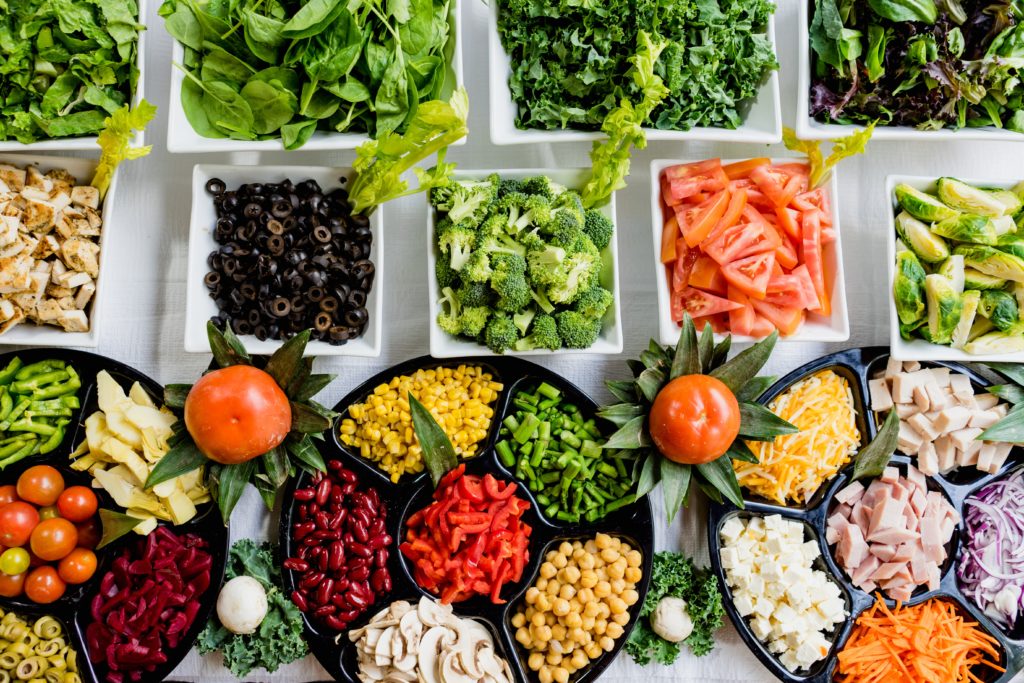Topics
1.Importance of indirect tax or the Goods and Service Tax in food sector for the Indian economy
2.Types of supplies in Food Industry based for the purpose of GST
3.GST in supply of food products
4.Definition of Branded food products
5.Goods and Service Tax in Food related services
6.GST on Food catering service by IRCTC (Indian Railway Catering and Tourism Corporation)
7.Composite Service
8.Mixed supply in Food
9.Composition Scheme in restaurant industry
10.Conclusion
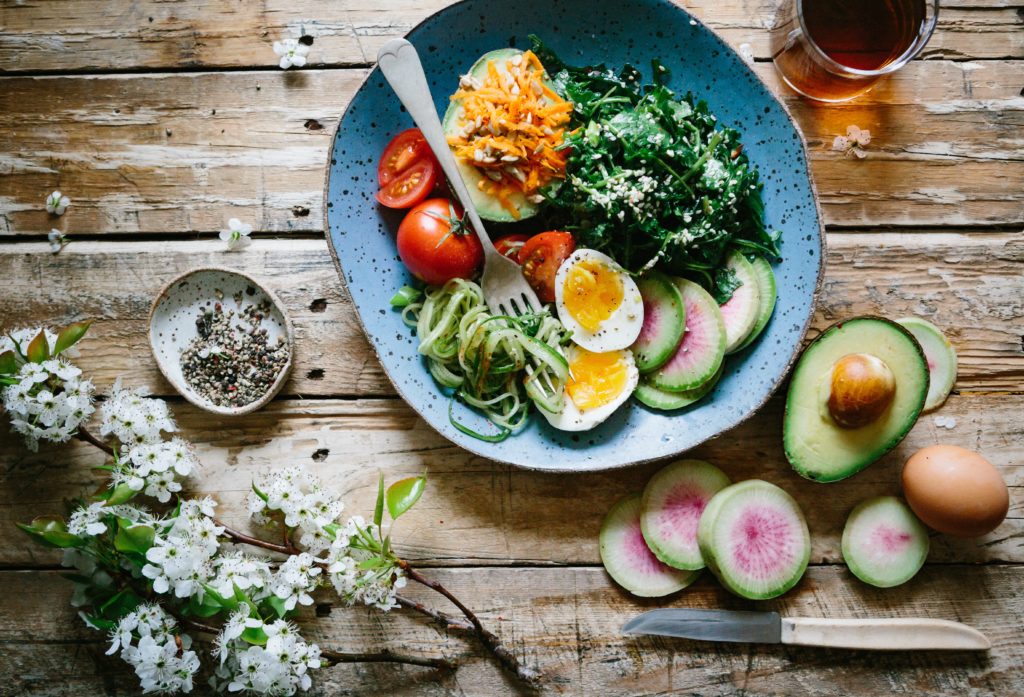
1. Importance of indirect Tax or Goods and Service Tax in food sector for the Indian economy
Indirect tax has always been very important for every industry. However its importance for the food industry is far more important for a developing and populous country like India where the number of mouths to feed outnumbers most of other countries. It is often seen that change in the rate of indirect taxation directly affects the purchasing power of the people living in India where a considerable portion of demography thrives below poverty line. So it is quintessential for the industry to understand the taxation. This will enable industry people to manage the taxation in efficient and cost effective way. The topic of this post is Goods and Service Tax in food industry of Indian Economy. It covers topics related to food products as well as food related services.
2. Types of supplies in Food Industry based for the purpose of GST
Where Goods and Service Tax is concerned the supply can be broadly classified into
- Supply of Food Products
- Supply of Food related Services
Further Supply of Food Products can be classified as
- Branded food products
- Un-branded food products
Supply of Food related services can be categories as
- Hotel service
- Restaurant Service
- Catering Service
You shall go through each and every category mentioned and study about the different tax rates prevalent.
3.Goods and Service Tax in food products’s supply
There are varying rates of Goods and Service Tax in food products ranging from 0 % to 28%. There are many items like milk, curd, flour, eggs, oilseed etc. which are basic items for everyday life. They do not suffer any GST. However items such as cocoa chocolates, churan for pan, custard powder, etc are charged 28% of GST. You may go through the list of food items along with applicable GST rates from the .pdf file . However here we are to see the spirit of law while deciding these rates. It aim to make the essential food items GST free and charge high on items which are negative or more of a luxury for people. Now this also brings us to another distinctions within same food product- branded and unbranded. The government aims to charge less GST for the unbranded items. This may be to bring a level playing field and to support the local unbranded food product against the branded products. For example paneer is charged 5% of GST when branded and 0% when unbranded.
4.Definition of Branded food products
The most intuitive definition would be a name which is uniquely associated with a product or service – food product or service in this case. Here in our case the government felt the need to define it in another way just to tackle an unexpected situation in the industry. Every one desires more business and more money. So why to pay more tax when you can sell the same items without a brand and pay lesser tax. After all that extra money is coming into your pocket. This was a practice once. Most of the brands started to deregister their brand name.
However government was quick to figure out what was going on and to curb such a practice it came out with a press release dated 20.09.2017. It clearly stated that a brands registered on 15.05.2017 shall be considered deemed registered even if they are subsequently deregistered. Let us see the criteria which make a product branded after the press release.
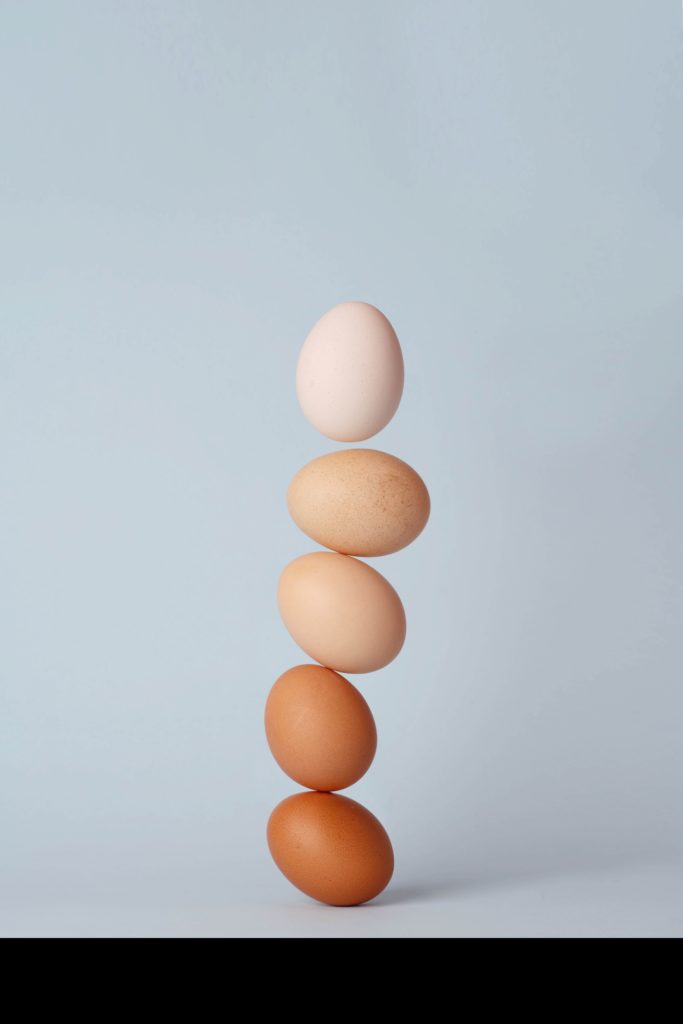
a)A brand registered as on 15.05.2017 shall be deemed to be a registered brand for the purposes of levy of 5% GST, irrespective of whether or not such brand is subsequently de-registered.
b) A brand registered as on 15.05.2017 under the Copyright Act, 1957 shall also be treated as a registered brand for the purposes of levy of 5% GST.
c) A brand registered as on 15.05.2017 under any law for the time being in force in any other country shall also be deemed to be a registered brand for the purposes of levy of 5% GST.
d) A mark or name in respect of which actionable claim is available shall be deemed to be a registered brand name for the purposes of levy of 5% GST.
You may refer to the list of items in the food-product-wise_gst_rates .pdf file to find out the GST rates for branded and unbranded version of the same product.
5.Goods and Service Tax in Food related services
As we have already discussed there are three types of services
- Hotel Service
- Restaurant Service
- Catering Service
Hotel Service– For restaurants located in hotels the distinction is based on the declared tariff charged for the rooms in that hotel. If the tariff charged for the room is more than or equal to the threshold of Rs.7500/- per day/night then 18% of the Goods and Service Tax is levied on food service associated with restaurants in that hotel. However Input Tax Credit shall be available on providing such supplies. For the restaurants in hotels with rooms having declared tariff less than the said threshold then a lower rate of 5% shall be applicable without input tax credit.
One important thing to note is that it is the declared room tariff you should be concerned for while deciding on the rate of GST. Let us take an example.
Suppose Mr. X went to a hotel where the room rent for 1 night was fixed at Rs. 7500/-. However on negotiation the manger agreed to take Rs. 7200/-.The very same day of his stay in the hotel he went to the restaurant attached to the hotel for having his dinner. In this case what do you think the rate of GST applicable on his restaurant charges -5% or 18%. It would be 18 % as the declared value of room tariff is Rs.7500/- and this rate is basis of determining his liability in Goods and Service Tax.

Restaurants – Restaurants are those businesses which are meant for cooking and serving food within its eating enclosure. In provisions of supplies of services by such restaurants a flat rate of 5% is applicable. Only input tax credit on provision of such services could not be availed.
Catering Services– Catering service are another kind of food supplies where foods are supplied at designated place on contract for a specific requirement. You may have taken the service from a food supplier for a birthday party, marriage and other such occasions. A rate of 18 % of GST prevails for such services.
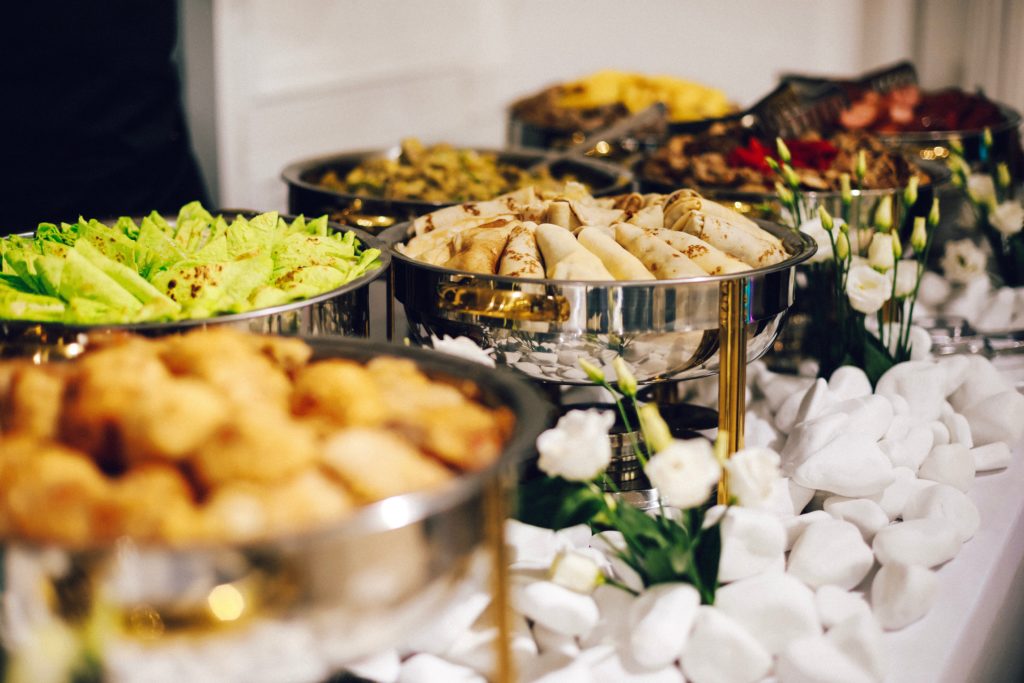
6.GST on Food catering service by IRCTC (Indian Railway Catering and Tourism Corporation)
The GST rate for the food supplied in Indian Railways by the IRCTC is 5% without input tax credit.
7.Composite Service-
The mention of composite service in case of hotels with room service is one such case which is the cause of confusion for GST calculation. Many a times the hotels provide lunch/ dinner in rooms of the guest with the hotel package. In such a case the food service is a service composite with the hotel service. Here the hotel service is the dominant service. Hence the rate applicable on both the food service and hotel service shall be the GST rate applicable on the hotel service.
8.Mixed supply under Goods and Service Tax in Food sector
You may have seen during festivals when the shops sell packets where a whole bundle of different items ranging from sweets, dry fruits, chocolates, a flower bouquet and a beautiful teddy bear toy. If the thought of GST rates applicable on such a package has hit you, the most intuitive reply would be to calculate the GST on every item separately. However that would be incorrect. Such supplies are mixed supply where a whole range of food items with varied GST rates are supplied in a package and there is no dominant supply (item). The applicable GST in these cases shall be the highest rate applicable on any items that forms the part of that package.
9.Composition Scheme in restaurant industry
The restaurants opting for the composition scheme shall pay the GST at the rate of 5% of the value without availing any input credit. The following conditions needs to be fulfilled to opt for composition scheme.
- The annual turnover shall be less than Rs. 1.5 crores in normal states and Rs. 1 crores in special states.
- The input tax credit on the input supplies shall not be availed to get the benefit of composition scheme.
- There should not be any inter- state supplies.
- The restaurant shall not make any supplies through any e- commerce operator.
- The business should be a permanent business and no temporary arrangement. Further the restaurant shall not engage in any business other than restaurant service.
- The restaurant shall not make any exempt supply.
- The most important thing is the restaurant shall not collect any tax from its customers.
10.Conclusion
Food being an important sector of Indian economy the rate of GST is an important thing to determine the purchasing power of people. The business shall also keep important note of the tax they are paying. Beside a round of appreciation for the framers of the law where certain food related service are treated as sin and higher tax rates are imposed.
Feel free to give suggestion at lawbanyan@gmail.com
You may also read about Audit in GST

